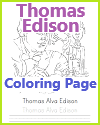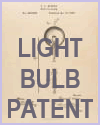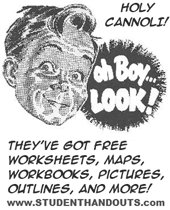Learning about electricity in lower elementary (K-3) introduces young students to foundational concepts of energy, circuits, and safety through hands-on exploration. While formal physics standards deepen in upper grades, early elementary focuses on observable phenomena, cause-and-effect relationships, and everyday applications.
Kindergarten and First Grade—Focus: Energy Basics and Safety
- Identify everyday electricity uses (lights, toys, appliances).
- Discuss safety rules (e.g., avoiding outlets, not mixing water and electricity).
- Explore non-contact forces (e.g., static electricity with balloons or hair).
- NGSS Connection: K-PS2-1 (pushes/pulls as forces).
- Activity: Rub balloons on hair to observe static cling or sort "safe/unsafe" electrical scenarios.
Second Grade—Focus: Simple Circuits and Energy Transfer
- Build basic circuits (e.g., using batteries, wires, and bulbs).
- Compare conductors vs. insulators (test materials like coins, paper, or foil).
- Discuss how electricity powers devices (e.g., flashlights, doorbells).
- NGSS Connection: 2-PS1-1 (material properties), K-2-ETS1-3 (engineering design).
-
- Activity: Create a "human circuit" by holding hands to light a bulb or use Snap Circuits© kits.
Third Grade—Focus: Energy Forms and Transformations
- Introduce other energy types (e.g., light, heat, motion) and how electricity converts between them.
- Explore renewable energy (simple solar panels or wind turbines).
- Problem-solve circuit designs (e.g., "Why won't the bulb light?").
- NGSS Connection: 3-PS2-3 (electric/magnetic forces), 4-PS3-2 (energy transfer).
- Activity: Design a flashlight or test solar-powered toys.
Key Standards
- K-PS2-1: Forces and motion (static electricity as a "pull").
- 2-PS1-1: Material properties (conductors/insulators).
- 3-PS2-3: Electric/magnetic interactions.
Teaching Strategies
- Read-alouds: Oscar and the Bird: A Book About Electricity (Waring) or The Magic School Bus and the Electric Field Trip.
- Interactive models: Use lemon batteries or circuit boards with switches.
- Role-play: "Electric company" game where students "deliver energy" to "homes."
By 3rd grade, students grasp electricity as a transferable energy source, preparing them for deeper physics and engineering concepts.
|











